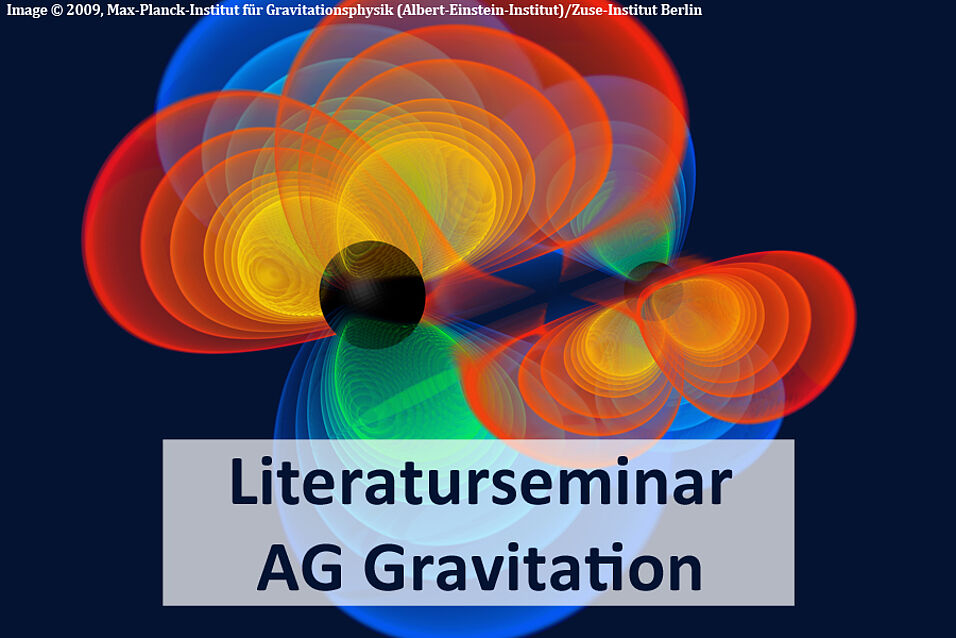Symplectic singularities, also known as hyper-Kahler singularities, encompass well-known geometric spaces such as the Kleinian surface singularities or the moduli space of instantons. Recently, a new class of symplectic singularities has emerged through the construction based on a physics model known as the 3d N=4 Coulomb branch. In this talk, I aim to provide an introduction and overview of symplectic singularities in general, with a particular focus on the 3d N=4 Coulomb branches. I will place special emphasis on the symplectic singularities that manifest as moduli spaces of vacua within supersymmetric field theories containing 8 supercharges in space-time dimensions ranging from 3 to 6. These instances showcase how geometric features offer elegant descriptions of strongly coupled phenomena.
Marcus Sperling (Vienna): Symplectic Singularities in Physics: Their Origins and Significance
13.12.2023 14:15
Location:
Seminarraum A, Währinger Str. 17, 2. Stock
Related Files

